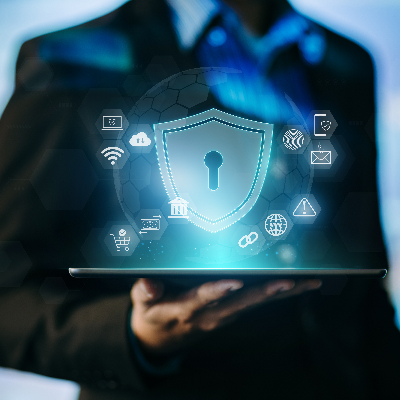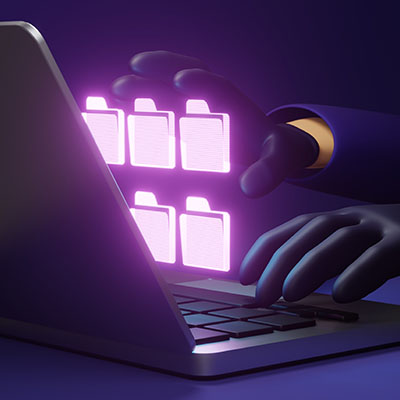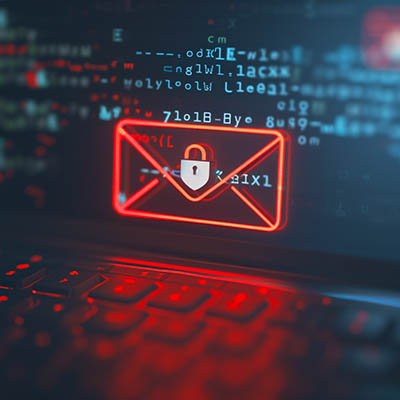We’ve made it to the point where humans need to prove they’re real people to access systems, and one of the most common ways to do this is through the use of CAPTCHA technology. Completely Automated Public Turing test(s) to tell Computers and Humans Apart (try saying that with your mouth full) are everywhere, yet computers still struggle to actually crack these tests, unlike other methods of security. Why are they so successful at detecting automated bots?
Cybersecurity is one of those things everyone in a workplace should know about, no matter their role. But here’s the problem—turns out, a lot of people don’t. A recent survey in the UK found that about one in three adults flunked a cybersecurity test. And get this—the test was designed for 11-year-olds. Yikes.
Security is one of those things that every business owner worries about—no matter how big or small your company is. But the good news? It doesn’t have to be overwhelming. In fact, there are three simple steps you can take right now to make your business more secure.
Happy Valentine’s Day! While this holiday is all about love, it just so happens to fall smack in the middle of tax season in the United States. So, while you’re hoping to get a sweet message from that special someone, there’s a chance you might also receive a text or an email from the Internal Revenue Service… or is there? As it turns out, you won’t… but that’s a fact that scammers are hoping you won’t know.
Cybercrime is a real problem for businesses and individuals alike. Today, there are more threats than ever and even if you are careful, data theft can affect you. In our blog today, we thought we would go through the ways that data theft can affect you, even if it isn’t stolen directly from you.
What happens to all the data that gets stolen by hackers during their despicable campaigns? Sometimes it gets destroyed, but more often than not, it ends up on the Dark Web, where it’s put to other nefarious purposes. Today, we want to discuss the Dark Web and why it’s so important you monitor it for your business’ data.
Have you ever thought about whether a hacker could secretly read your emails with your clients and coworkers? If you handle your own email system, it’s really important to know about email encryption. Encryption helps keep your emails safe and private so you can focus on running your business without worrying about hackers. Here are three big problems you could face if you don’t encrypt your emails:
Got a new computer for the holidays? That’s awesome! But before you get too excited, let’s talk about your old device. You can’t just toss it out—there’s a right way to get rid of it that keeps your personal info safe and the environment happy. In today’s blog, we discuss what to do with your old computer.
Happy New Year! The coming weeks and months hold great promise for us all. Unfortunately, “us all” includes cybercriminals and hackers looking to use cutting-edge tactics to their fullest advantage. As a result, it is even more necessary to be aware of and prepared for the cybersecurity threats that 2025 is likely to see.
If we told you that someone could guess information about you just from looking at an image, what would you say? You’d probably say, “yeah, no $!#?!” but we’re not talking about minor details… we’re talking about a lot of details. Paragraphs, even—plenty enough to be concerning.










